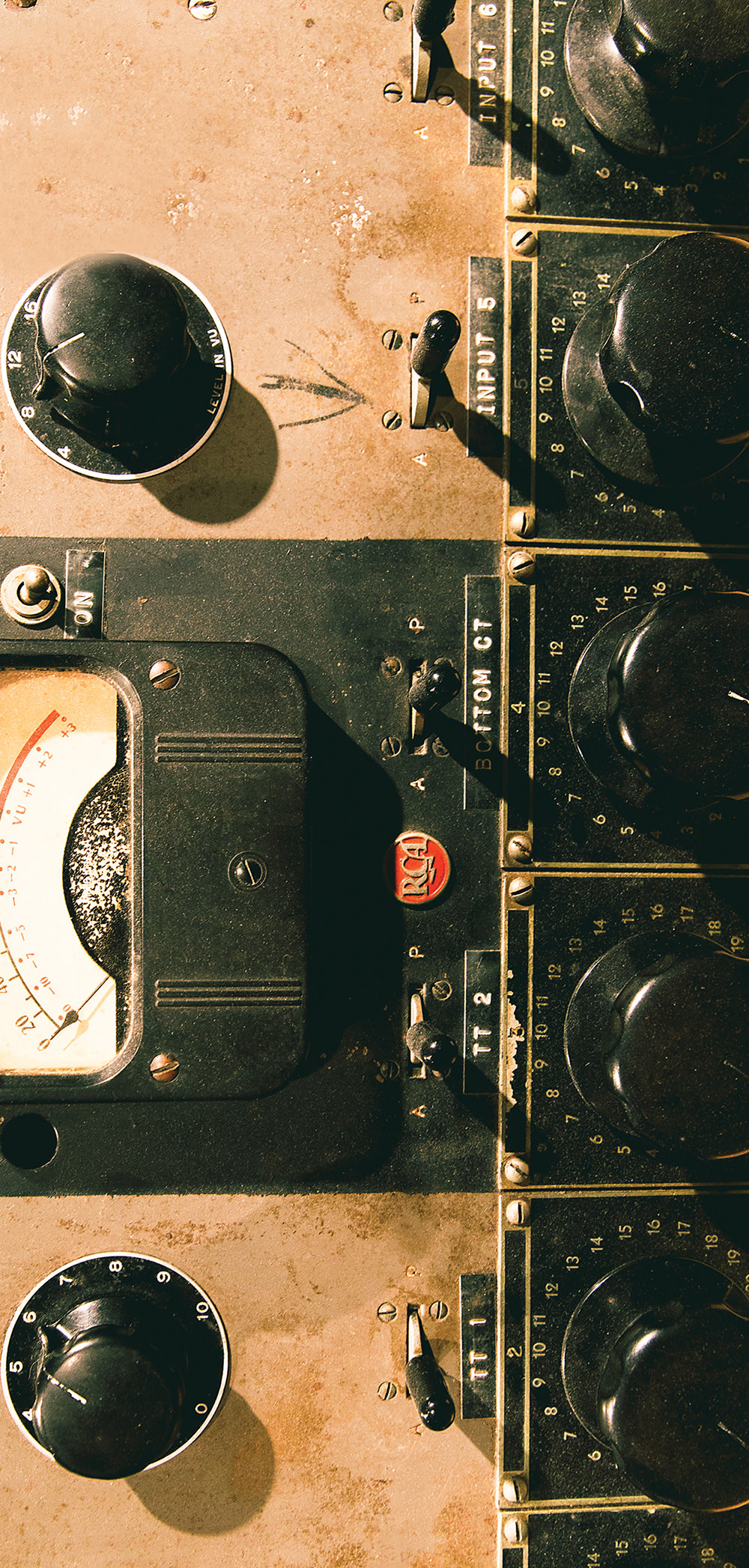Some of the best money spent on your studio is in your playback. Invest some of your hard-earned cash on a good monitoring setup, and your mixes and production choices will improve dramatically. ADAM Audio has been making high-quality reference monitors for many years, and although the company's ownership has recently changed, the product remains recognizable. I like ribbon tweeters, and in a perfect world one might even have a pair around as an alternative to standard tweeter monitors in order to offer a different perspective on the top end of mixes.
Featuring 5-inch and 7-inch low end drivers, the T5Vs and T7Vs are 2-way active monitors that claim a frequency response of 45 Hz to 25 kHz and 39 Hz to 25 kHz, respectively. Their polypropylene woofers, along with a rear firing port, provide plenty of low end energy for use in many genres, while the U-ART 1.9-inch accelerated ribbon driver (tweeter) has a nice, wide high-frequency dispersion, making for a large listening sweet spot. In fact, this is the same tweeter design employed in ADAM's S Series monitors [Tape Op #123]. The T5Vs are rated at a max SPL of 106 dB and the T7Vs at 110 dB. The back of each speaker has switches for +/-2 dB high and low shelving adjustments, balanced XLR and unbalanced RCA inputs, and a level control with a range of -60 dB to +18 dB. The cabinets are reasonably well constructed and look sleek.
I was initially interested in a new set of small monitors for my home setup as an alternative to the Event Electronics PS5s that I have been using (I'm not even sure where I got them). I had not typically been doing much hypercritical listening at home - just edit work before bringing projects to my studio to mix. Some 20 years ago I thought those old Event monitors sounded pretty good, but I have since learned to appreciate a finer reference monitor - and I now mix on PMCs and Focals.
Out of the box, the T5Vs sounded pretty dang good for what ADAM totes as their "budget" monitor. The low end is meaty for such a little box and the top end is as I expected; smooth with decent clarity but not harsh or brittle. Because of their size I found them to be a valid "check your midrange" option, against a pricier speaker. The T7Vs are a more grown up version of the T5Vs, with the bigger woofer providing more oomph. The tweeters remained very similar to the T5Vs. I set the T7Vs up in my mix room beside my Focal Trio6 Bes [#114]. This is not an apples-to-apples comparison - due to the vast price differential between these two monitors. On their own, without a bunch of A/B testing, the T7Vs handled low end heavy music pretty well, and my ears were not destroyed after mixing a song that really pushed the ADAMs' tweeters. Stereo imaging was good, and, as noted, the sweet spot was wider than you'd get or expect from most budget priced monitors.
The T Series monitors would be at the top of my list of recommendations for a budding engineer, or neighbor with a home studio in search of a solidly built, but affordable option. In fact, I recently had a filmmaker in my studio. He took a quick listen to the ADAMs and proclaimed he would be returning the pair of monitors he had just purchased so he could buy a pair of T7Vs instead. For fun, I plugged the T5Vs into my television for movie night, and they provided nice clarity and beefy low end. I also connected them to a Mytek Brooklyn DAC and had the same overall impression when listening to CDs, files from my computer, and my phone. The music was clear and detailed with a defined low end, good midrange presentation, and a nice, smooth high end. Compared to my old "beater" Event monitors, the difference was night and day. When compared to the more expensive ADAM Audio monitors, the T Series seemed a little less firm and a little less fast across the spectrum, but editing and leveling with the T5Vs at home translated well in the studio and vice versa.
I would gladly have a pair of these monitors for either my home rig, or as second set at the studio, and the associated price tag makes that an easy decision. For those without a ton of cash that are thinking of purchasing a first set of monitors or an upgrade pair for a project studio or broadcast work, the T Series should be seriously considered.




_disp_horizontal_bw.jpg)